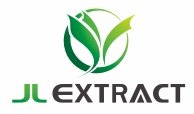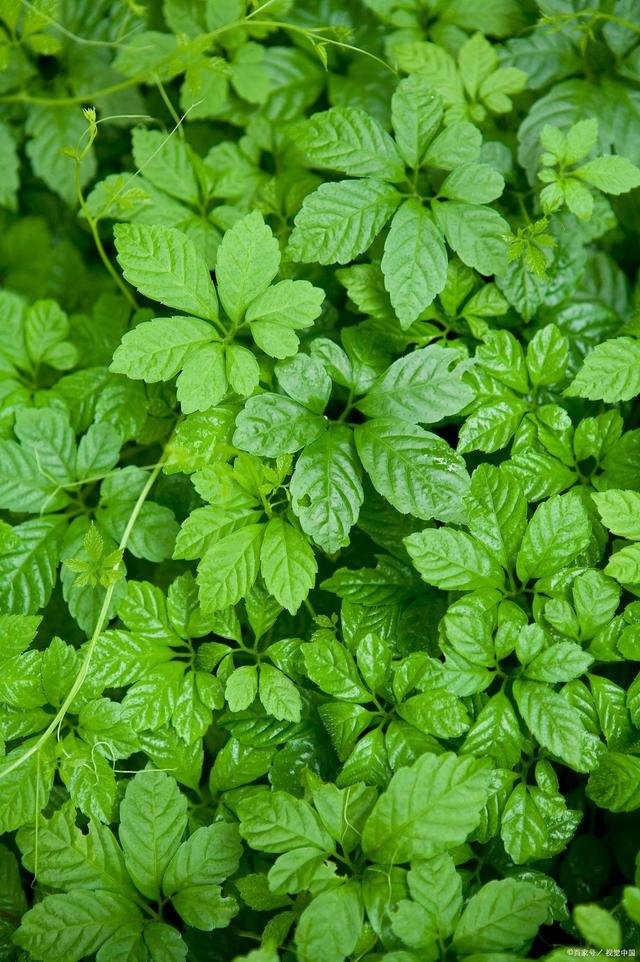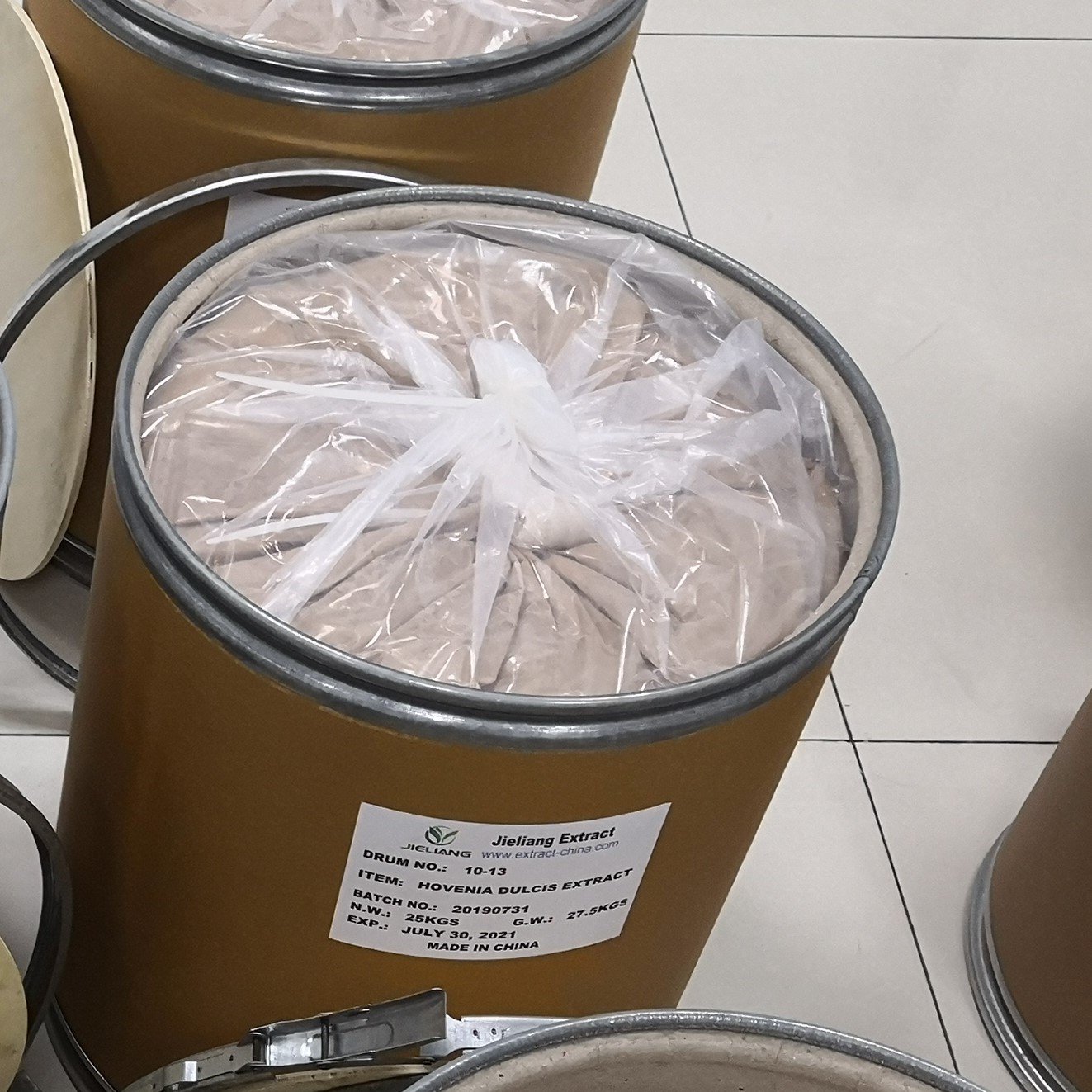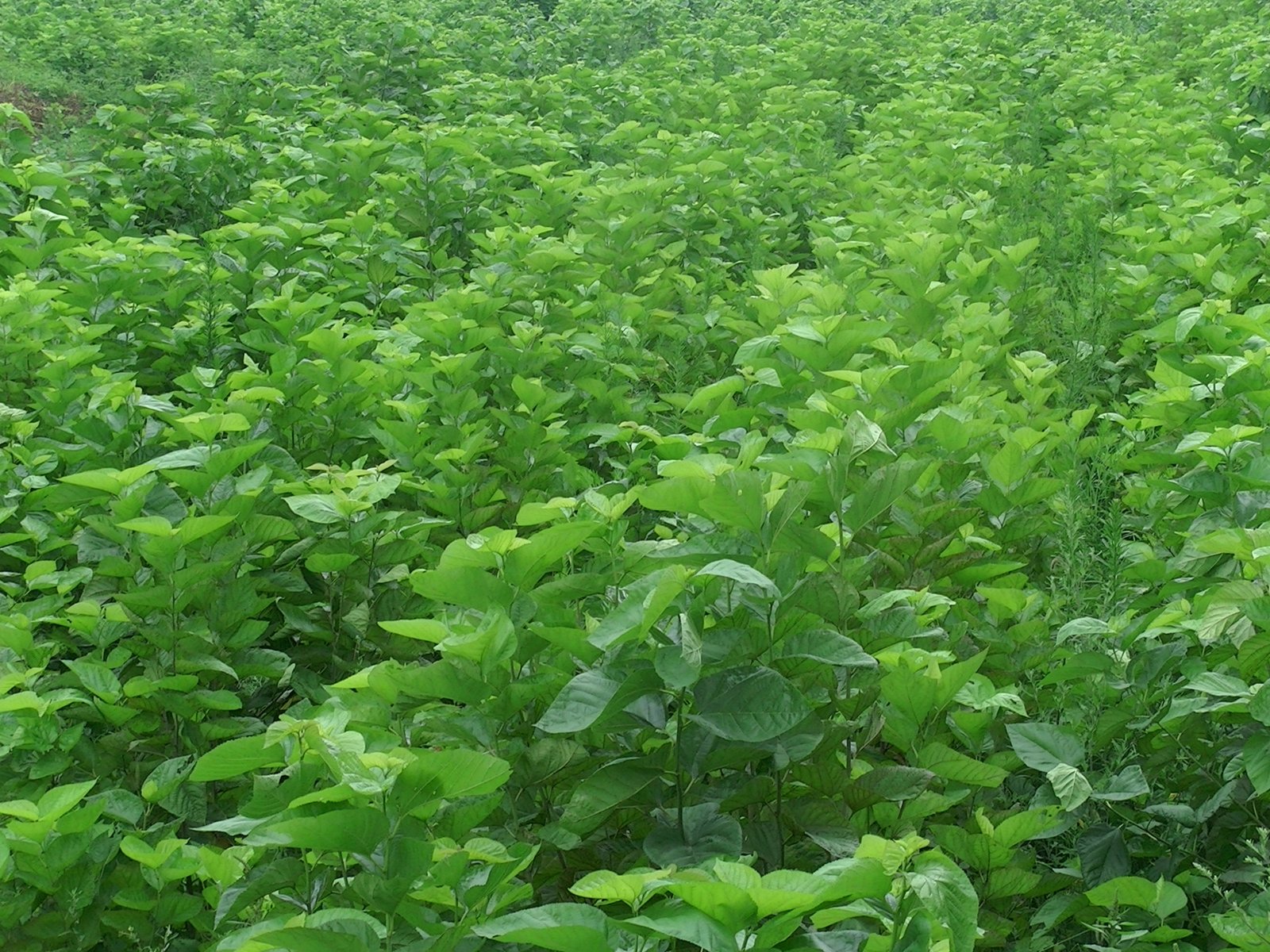Gallic acid is a naturally occurring phenolic compound found in various plants, fruits, and herbs, including grapes, oak bark, and tea leaves. Known for its antioxidant, antimicrobial, and anti-inflammatory properties, gallic acid has a wide array of applications in fields such as medicine, skincare, food preservation, and research.
One of the primary benefits of gallic acid is its antioxidant activity. It helps neutralize free radicals in the body, which are unstable molecules that can cause oxidative stress and damage cells, leading to aging and various chronic diseases. Gallic acid’s antioxidant properties make it a valuable compound in health supplements and anti-aging skincare products. By reducing oxidative damage, it may help protect the skin from wrinkles, fine lines, and other signs of aging. Its antioxidant potential also contributes to its ability to support overall cardiovascular health by reducing inflammation and protecting blood vessels.
In addition to its antioxidant effects, gallic acid possesses anti-inflammatory properties, which make it beneficial for reducing inflammation in the body. Chronic inflammation is a contributing factor to many health issues, including arthritis, heart disease, and certain autoimmune conditions. Gallic acid can help alleviate symptoms of inflammation by inhibiting the production of pro-inflammatory cytokines, which are responsible for triggering the inflammatory response.
Another significant benefit of gallic acid is its antimicrobial and antifungal properties. It has been shown to inhibit the growth of a variety of harmful bacteria, including Escherichia coli (E. coli), Staphylococcus aureus, and Candida species. This makes it an effective natural preservative in food products, preventing spoilage and extending shelf life. Gallic acid is also used in traditional medicine for its ability to treat infections and promote wound healing.
In the field of cosmetics and skincare, gallic acid is incorporated into formulations due to its skin-brightening and anti-pigmentation effects. It can help reduce hyperpigmentation, dark spots, and uneven skin tone by inhibiting the activity of the enzyme tyrosinase, which is involved in melanin production. This makes it a popular ingredient in products aimed at achieving a brighter, more even complexion.
Gallic acid is also explored in cancer research due to its potential to suppress the growth of cancer cells. Some studies suggest that gallic acid may induce apoptosis (programmed cell death) in certain cancer cell lines, particularly those associated with breast, liver, and colon cancers. Its ability to interfere with cancer cell metabolism and growth, as well as its antioxidant properties, makes it a promising compound for future cancer treatments.
Additionally, gallic acid is widely used as a plant-derived tannin in the food and beverage industry. It is used in the production of wine and tea, where it contributes to the flavor profile and acts as a preservative. It can also be used as a natural dye due to its ability to bind with metal salts, creating a range of colors.







